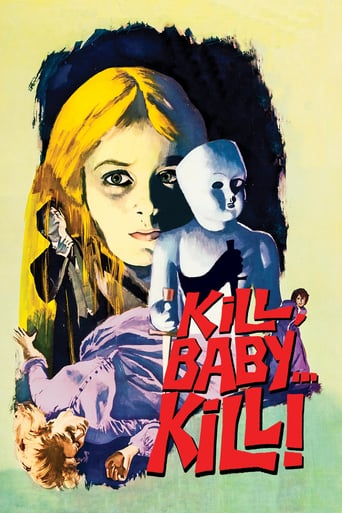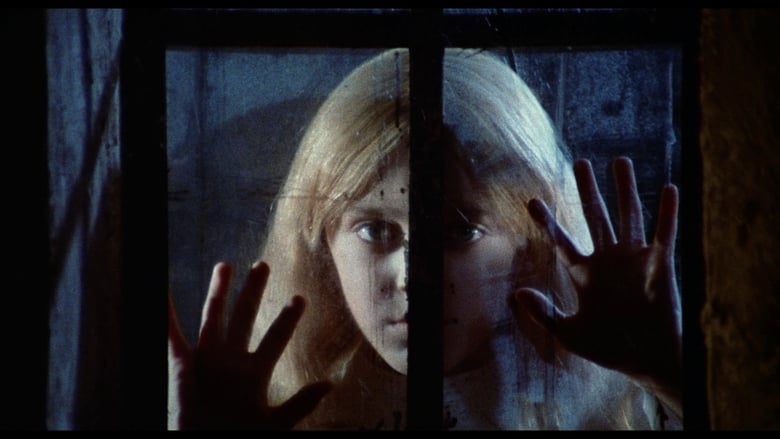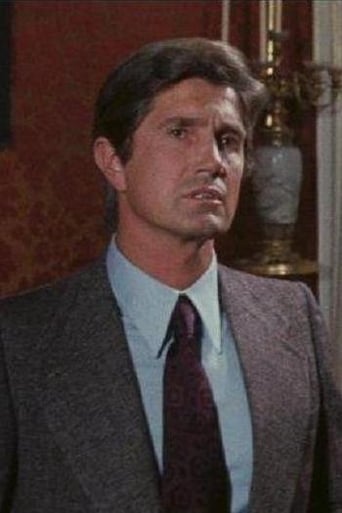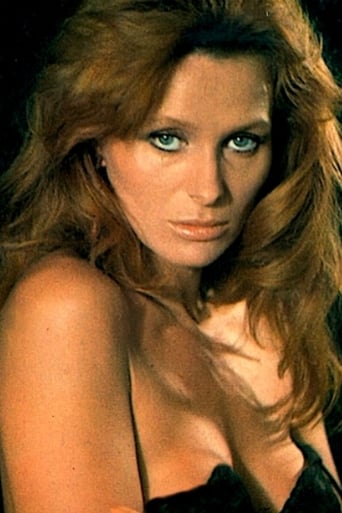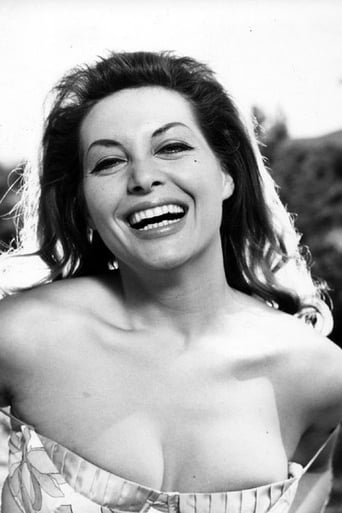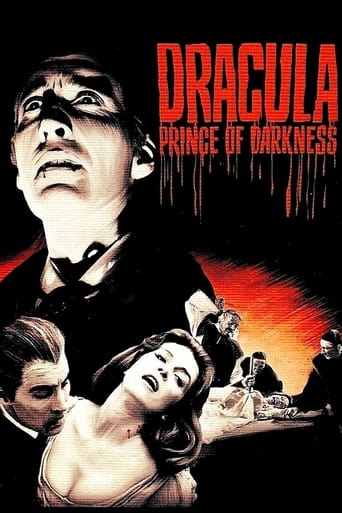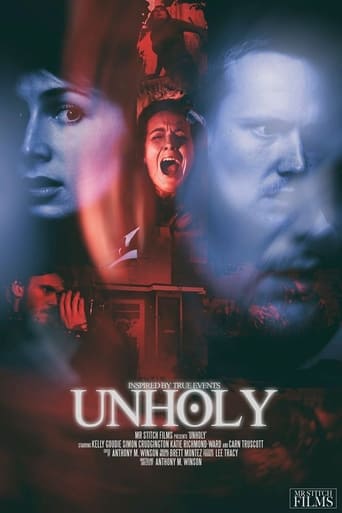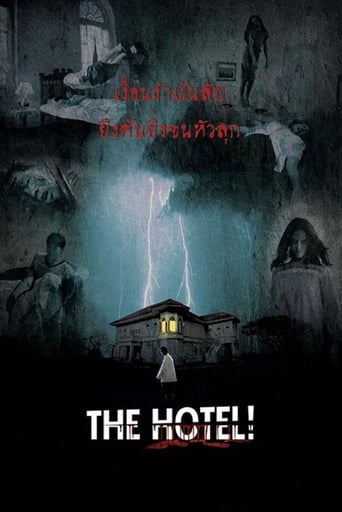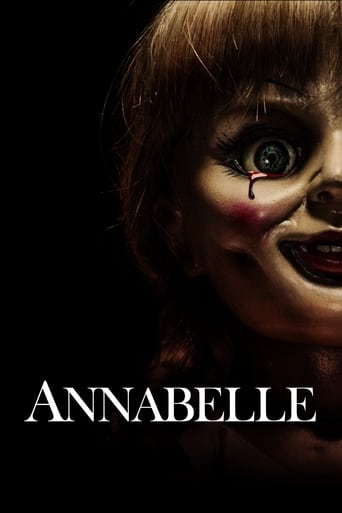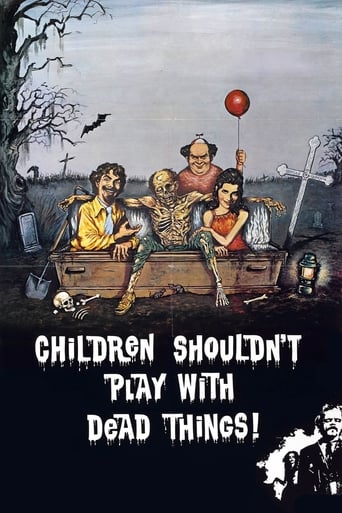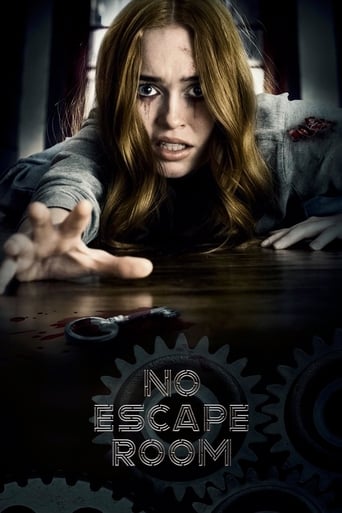Kill, Baby... Kill! (1967)
A 20th century European village is haunted by the ghost of a murderous little girl.
Watch Trailer
Cast
Similar titles
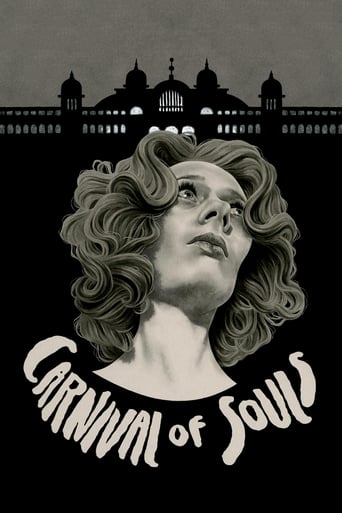
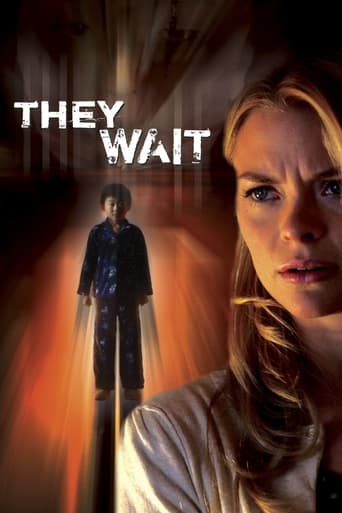
Reviews
You won't be disappointed!
For all the hype it got I was expecting a lot more!
There are moments in this movie where the great movie it could've been peek out... They're fleeting, here, but they're worth savoring, and they happen often enough to make it worth your while.
It is an exhilarating, distressing, funny and profound film, with one of the more memorable film scores in years,
Mario Bava Directs another Influential Gothic Horror Film. The Producers ran out of Money after 2 Weeks of Filming and the Cast and Crew Worked Without Pay and Finished the Film.It is Truly Amazing what a True Artist can Achieve with Virtually No Money, just Inspiration and Talent. Bava is in a Category of the Considerably Creative Auteurs Making Movies in the 20th Century.His Name can be Invoked, Without Apology, with the likes of Fritz Lang, James Whale, Alfred Hitchcock, Val Lewton, Roger Corman, Hammer Studios, Dario Argento, Stanley Kubrick, and David Lynch.One only needs to View this Film to Recognize Immediately its Influence on Today's Filmmakers. Scenes, Shots, and Sets from this Bava Blast of Gothic Grotesqueness are Stolen and Imitated Freely by Moderns.The Film is Draped and Framed with Excessive Atmosphere and Iconography of the Imagination and the Spiritual. Fog, Cobwebs, Gargoyles, Tombstones, Ghosts, Crucifixes, Corpses, Bell Towers, Dolls, Mirrors, Windows, and More.Surreal, Dreamlike, and Foreboding the Movie Drips with Dread. It is Claustrophobic and You can Cut the Air with a Knife. It is 86 Minutes of Murky, Methodical Mayhem as the Horror and the Uncanny Unfolds to the Final Shot of a Sunrise.It is a Brief Few Seconds, the Only Few Seconds in the Film, where the Light Finally Finds its way to this Netherworld where Superstition and the Supernatural Compliment and Completely Control the Living and the Dead.Note...Until recently the prints available have been in the Public Domain and are awful representations of this artistic achievement. Please seek out the newly released DVDs and Blu-rays. If you have only seen one of the aforementioned cheapies, you haven't really seen the Film.
Mario Bava's wonderful Gothic horror - known as Kill Baby Kill in the UK - is a gorgeous-looking ghostly tale par excellence. From it's opening sequence, in which we see a woman throw herself onto spiked railings, to its final denouement, this is a beautiful haunting tale of revenge.While looking much like a Hammer film, Bava does so much more with his camera than your average Hammer director from this period (1966), pulling back from a ball bouncing towards, and over, a corpse, and capturing the spectral village with its misty doom-laden cemetery with spooky aplomb. I was mesmerised by it. And of course, there is the chilling apparition herself.Or I should say himself, for the dead girl at the heart of the story was actually played by a boy! Giacomo Rossi-Stuart, who had form in the genre (previously menacing Vincent Price, no less, in The Last Man On Earth) plays a coroner called in to perform an autopsy on the first victim. It isn't long before the doctor, aided by Erica Blanc, discovers the town is under a curse...What a great little film this is! With its stunning cinematography it's hard to believe the movie cost only 50k. I watched this after seeing IT in the cinema a couple of days earlier, and personally I thought Kill Baby Kill (terrible title - probably one stuck on it by AIP!) put the modern horror blockbuster to shame. The bouncing ball has been stolen by quite a few films - notably The Changeling - as, of course, has the ghostly child so effectively used here. Originality will always breed imitators!I haven't seen all the Italian Gothic horrors of the 60s, but I have seen a lot of them. And this is best I've come across so far. Great stuff.
Frequently lauded and cited as a strong influence by the likes of Martin Scorsese, Federico Fellini and David Lynch, Kill Baby, Kill is, along with the 1963 Bronte/Sade opus Whip & the Body, the most oft-mentioned crowning achievement of Mario Bava. Those who saw Kill Baby, Kill upon its initial release (as is the case with the three auteur mentioned above) witnessed something heretofore unseen in Italian Horror, if not in cinema as a whole. Never before had a low-budget, commercial and studio film been obviously and primarily concerned with its style, perhaps purposefully to the sacrifice of all else. The producers ran out of money two weeks into shooting, but Bava and the entire cast/crew decided to keep working for free. I'd like to think that this explains the film's aesthetic – the idea that the producers (out of shame for having no money) left the artists alone to do whatever they wanted. Who would they be to demand re-shoots with no money to pay anyone?And what style is this movie? Rural rococo? Barnyard baroque? Not since the heyday of Sternberg and Murnau had a film director been so obvious about his single-minded conveyance of artifice über alles. Ahem I'd go so far as to call it The Scarlet Empress of Italian Horror. (Hopefully Marlene Dietrich and Jack Smith aren't rolling over in their graves from that one.) It's as if Bava were contractually obligated to tell a story or have a plot in this film (he's one of the three screenwriters on this one by the way), but all he really wanted to do was perfect using his purple and green fill lights, maybe show off his exquisite low-key techniques, and go zoom-shot reverse zoom-shot 'til one's head is spinning. Oh yeah, and that new industrial-sized dry ice machine – don't forget to leave that on full blast.The plot, which is amusingly influential in its own right, concerns the giggly, ball-bouncing ghost of an accidentally killed little girl who, through the vengeful psyche of her psychotic albeit medium mother, is terrorizing all the villagers into guilt-ridden suicide, one at a time. Though the mayor and his good-witch girlfriend-on-the-side are trying their best to outdo the nasty matron and her brat, all is so far for naught. All this is happening because the debauched and ignorant villagers were busy partying and sinning during an all-night drunken holiday, and they didn't notice that the girl (little Melissa), the Baroness Graps' daughter, was in danger. For poor Melissa got trampled by horses, and her attempt to call attention to her not-yet mortal wounds via the ringing of the town bell, fell upon gin-soaked eyes and ears. The mournful Baroness seeks revenge, and, with the help of her spectral spawn, her plan is succeeding nicely. Friday the 13th anyone ?The Villa Graps, where the delightfully paranoid Baroness resides, is (along with William Burroughs) a clear influence on Twin Peaks' Black Lodge, with the Baroness herself (as was pointed out to me by a Kill Baby, Kill obsessed friend) the undeniable source of Grace Zabriske's genius performance as Laura Palmer's mother. Like the Black Lodge, the Villa Graps is a maddening character in its own right. And as for the banal screenwriters of the already mentioned Friday the 13th, after seeing Kill Baby, Kill and Bava's later Twitch of the Death Nerve you too may wonder why a lawsuit was never filed against them. The stunning visuals, the beautiful tracking shots, the creepy laugh of Melissa, the Baroness' hair, the pure and absurd phantasmagoria of it all – Kill Baby, Kill is Bava's ultimate proof that style could attempt to be substance all by itself. And though he denied the identity of 'artist' his whole life (he preferred 'craftsman' or 'artisan'), with this film Bava proved that his instincts and impulses were in line with the greatest attribute an artist can ever hope to have: that of risk-taker.
Mario Bava may well be the most influential horror director of all time. His works have admittedly served as inspiration not only among horror directors, but well-regarded auteurs such as Federico Fellini, Tim Burton and David Lynch. He's basically responsible for how horror films are made today, as his "Twitch of the Death Nerve" and "Blood and Black Lace" single-handedly spawned the whole slasher craze of the 70's and 80's. In the case of "Kill Baby, Kill", Bava created the footprint for all ghost stories/haunted house films that came after, ranging from Stanley Kubrick's "The Shining" and Bava's own "Lisa and the Devil" (where he would elevate a similarly structured story to an art level) to almost every single Asian horror movie being produced nowadays (without Melissa Graps there would be no Sadako), and it still is one of the best of it's kind, even if the years that passed did affect it a little. The story, which follows a doctor who comes to investigate a mysterious death at a remote village cursed by an evil spirit, starts out slowly but menacingly, with a unrelenting sense of dread that builds up every minute. Something lurks in the dark, patiently waiting to attack, and gradually making it's terrifying appearance as the secret behind the strange murders become more and more evident, all building up to a deliriously nightmarish and gorgeously photographed final act, with Bava's demented, colorful visual style at it's terrifying best. The film's dream quality is further enhanced by the rather stiff performances, and whether it was intentional or not, it certainly works for the best. Giacomo Rossi Stewart does his best as a sympathetic, suave hero, and has great chemistry with Erika Blanc, who performs a more 'virginal' role for a change. Carlo Rusticelli's score is not as memorable as his other works for the director, and is often overused in the picture, but doesn't truly damage it. Only one could only wish a better soundtrack was used to make it's hypnotic tone, well, even more hypnotic. Much like in Argento's "Inferno", some have complained about the lack of action in the final 5 minutes or so, as it would've seemed obligatory that there would a more epic confrontation in the end. That being said, the ending does not bother me, and though it could've been slightly more elaborate, it perfectly matches the rest of the film - a near-perfect ending to a near-perfect classic. Overall, a flawed, but truly unique and throughly fascinating supernatural opus from the all time Maestro of Fear.
